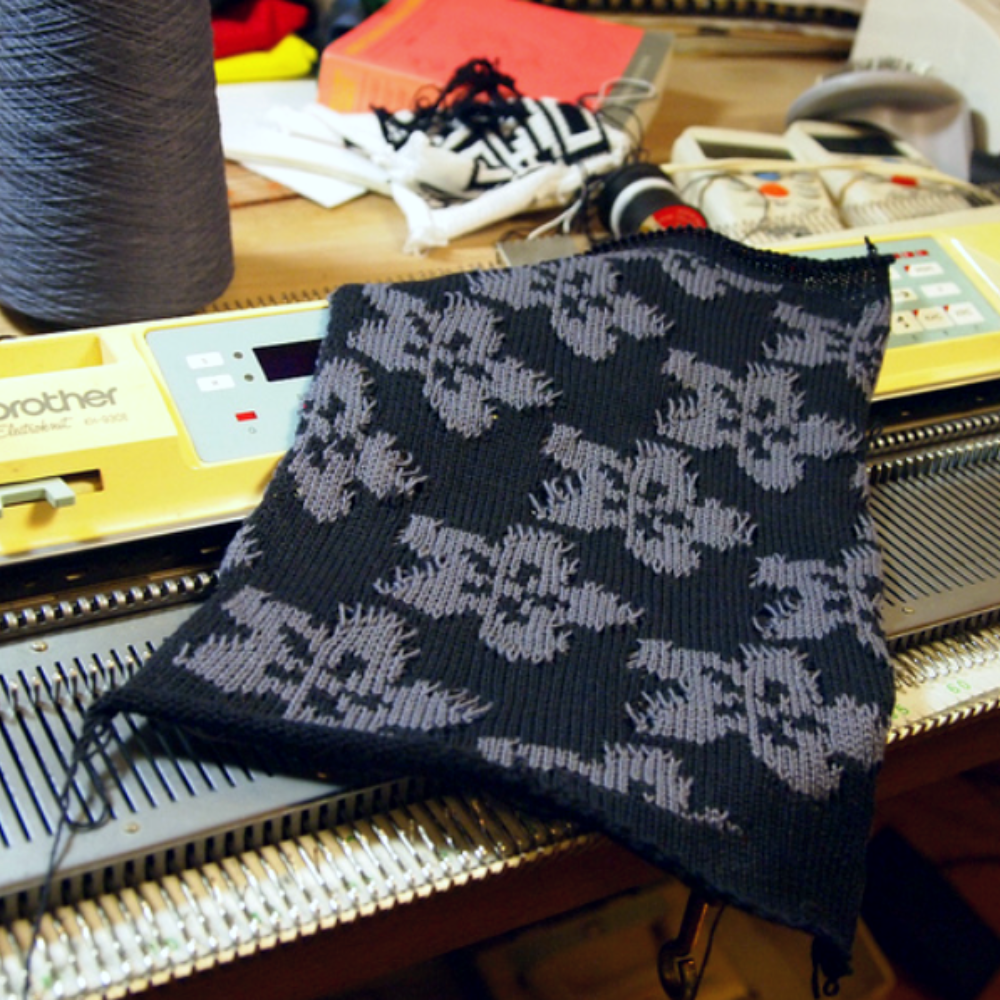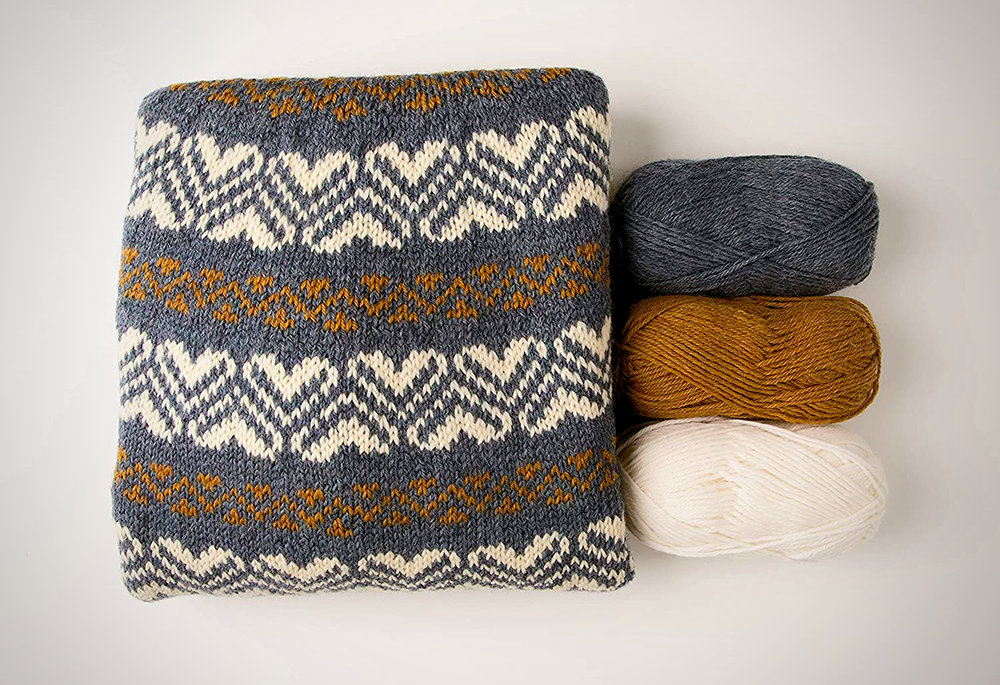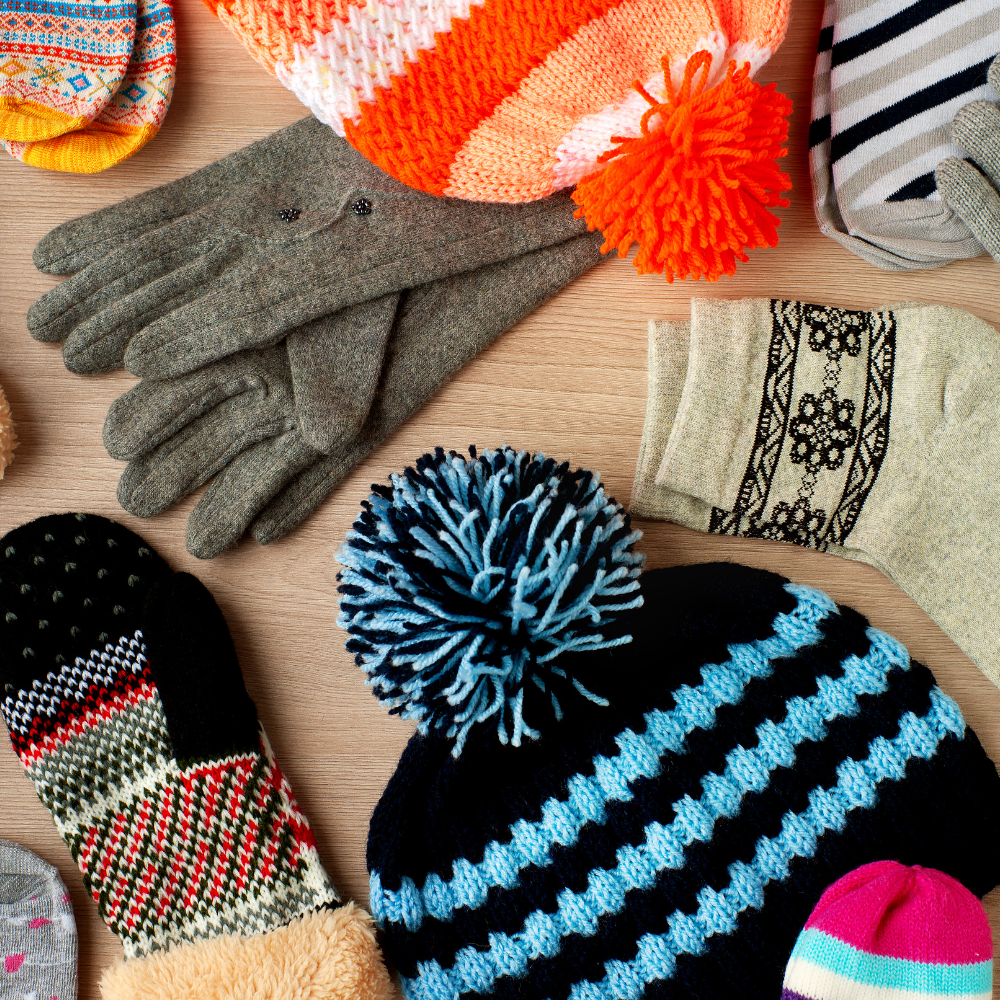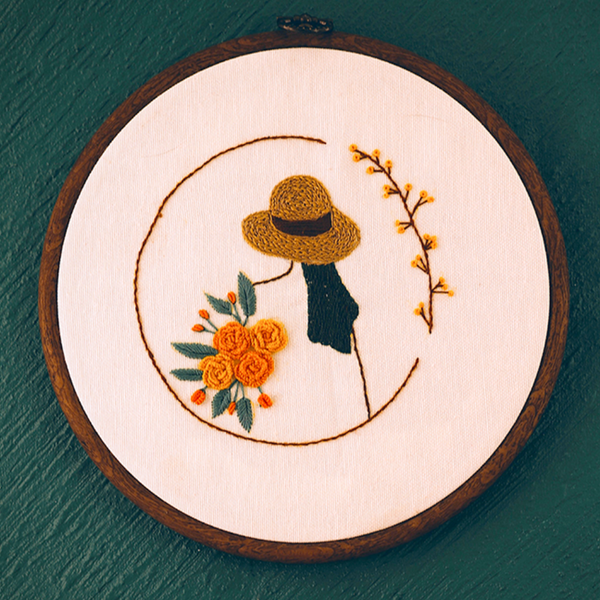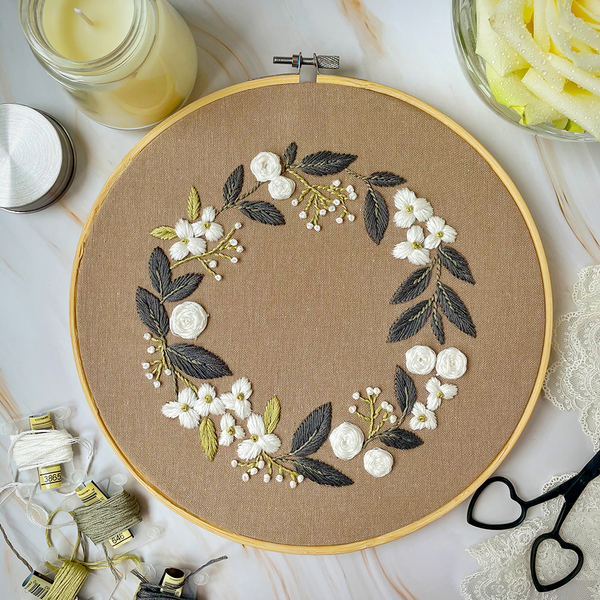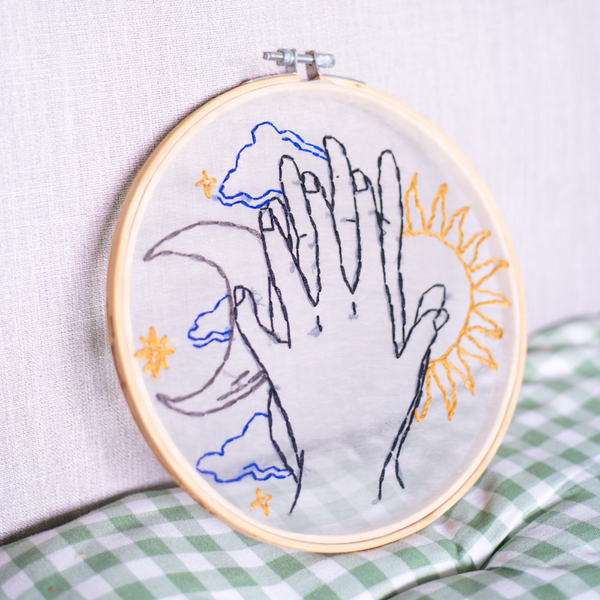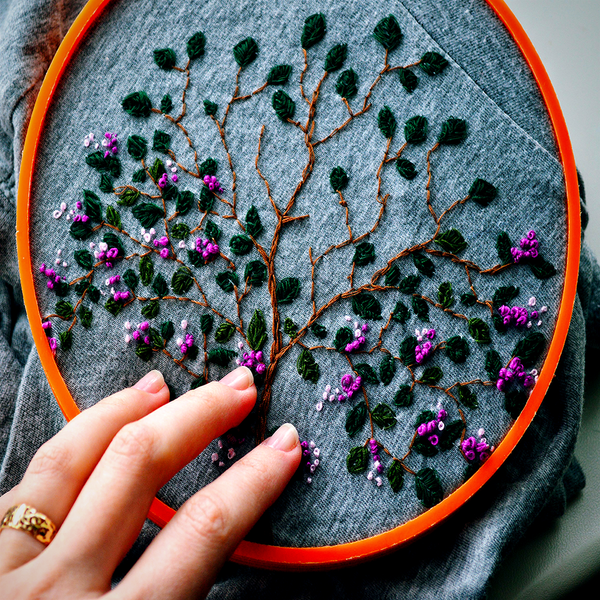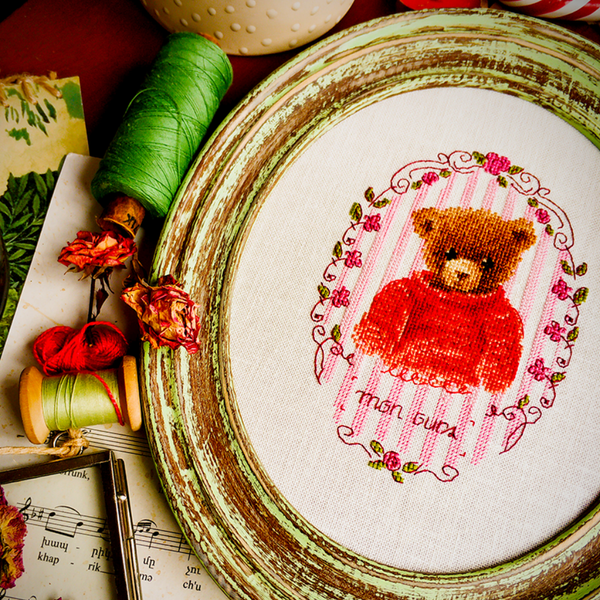Do you dream of becoming a knitter without having to deal with trying to learn all the intricacies related to hand knitting?
Well, it's not as hard as you might think!
With a knitting machine, anyone can learn how to create masterpieces - regardless of their skill level!
From beginner-friendly classic jumpers and sweaters, to more advanced projects like shawls or gloves, our guide will show you just how easy it is.
While learning and perfecting this skill may take time and practice, no matter what level of knitter you are these machines lay the groundwork for crafting beautiful works of art.
With just a little know-how, soon enough you’ll be able to tackle any project you set your mind too!
If you're ready to become the ultimate knitting star that creates stunning pieces quickly and easily, keep reading as we walk through how to use a knitting machine.
Let's get started on your journey towards becoming an expert in the art of knitting machines!
Key Takeaways:
- Understanding the capabilities and limitations of knitting machines is crucial for adapting hand knitting patterns to machine knitting.
- Certain stitch patterns and techniques may require manual manipulation or specific machine accessories.
- A community of machine knitters and resources such as videos, publications, and Facebook groups can provide valuable support and information.
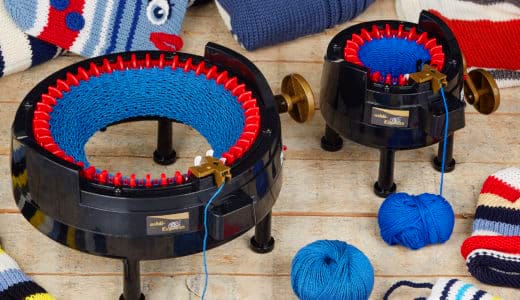
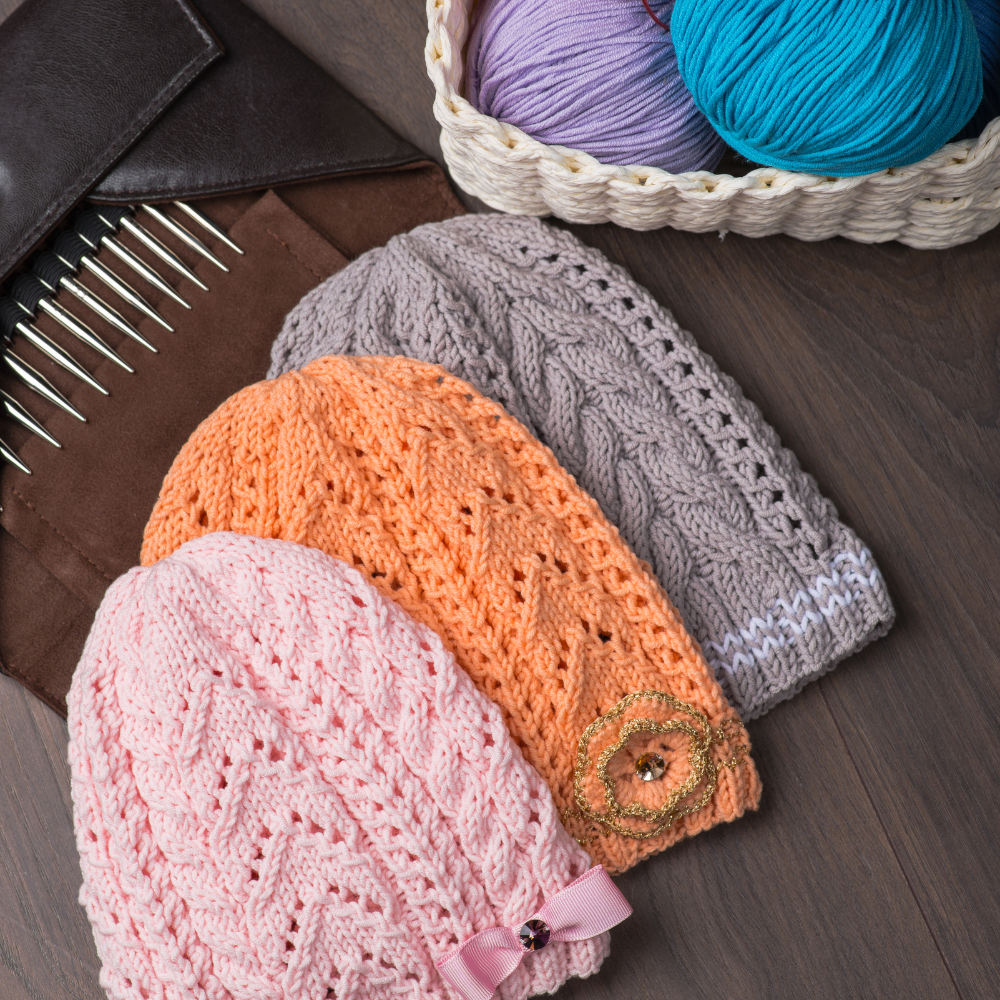
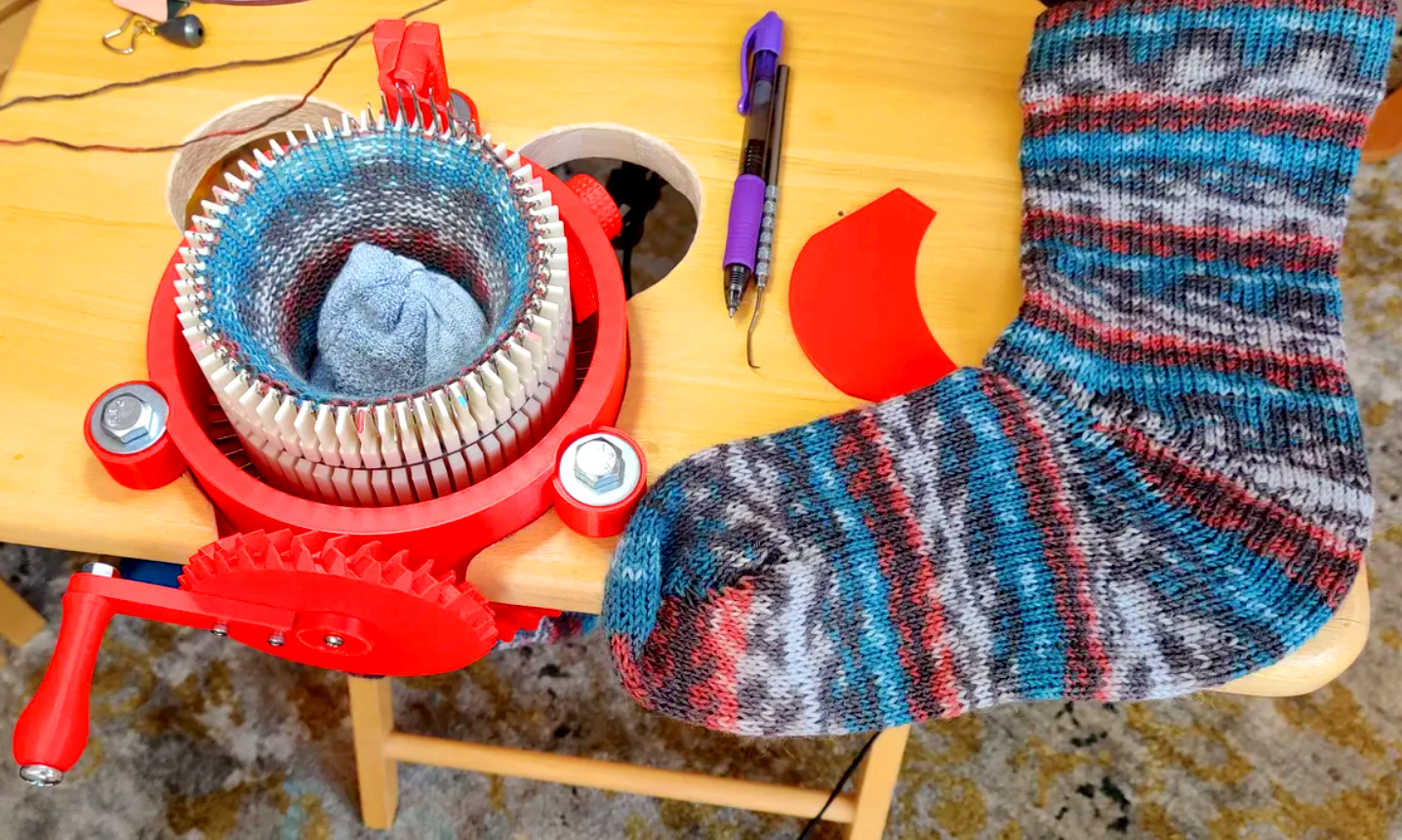
The Capabilities of Knitting Machines
Knitting machines have revolutionized the way we create knitted fabrics, garments, and accessories.
They offer a faster alternative to hand knitting, allowing for the production of complex patterns and designs with relative ease.
Machine knitting provides you with numerous new patterns and designs to work with.
Knitting machines come in various types, including single bed machines, double bed machines, and circular knitting machines.
Each type has its own set of capabilities when it comes to stitch patterns and fabric types.
Most machines can easily handle basic stitches like stockinette, garter stitch, and ribbing.
When it comes to more complex patterns, such as lace or cable knits, some machines may require additional attachments or manual manipulation of stitches.
Knitting machines are designed to knit any pattern that is feedable through the knitting needles; in other words, if you are aware of a pattern that can be knit by hand, then the chances are that you can knit it using a knitting machine.
However, there are some patterns that are more complex and delicate and require a certain level of skill or experience.
When it comes to knitting machines, there are varying levels of complexity, with some being easier to use than others.
The capabilities of the knitting machine are dependent on its mechanism, so choosing the right knitting machine is essential to prevent frustration in the knitting process.
Machine knitting patterns are specifically designed to be used with knitting machines, taking into account the limitations and strengths of the machine.
These patterns often include instructions on settings, needle arrangements, and yarn types, ensuring that the knitter can achieve the desired outcome.
Most beginner machines use a mechanism called the manual card punch, which makes it easier to create patterns manually, although limited in creating elaborate and complex patterns.
However, for more intricate and elaborate patterns, a more advanced machine is required.
An electronic knitting machine is an excellent choice as it offers a lot more flexibility, with the ability to scale and customize patterns to your desired specifications.
An electronic machine can perform a wide variety of functions and can even knit circular patterns, a feature unavailable with manual card-punch machines.
For those looking to convert a hand knitting pattern to a machine knitting pattern, it's important to understand that not all hand knitting patterns will translate directly to machine knitting due to differences in technique and stitch formation.
However, with some adjustments and experimentation, many hand knitting patterns can be adapted for use on a knitting machine.
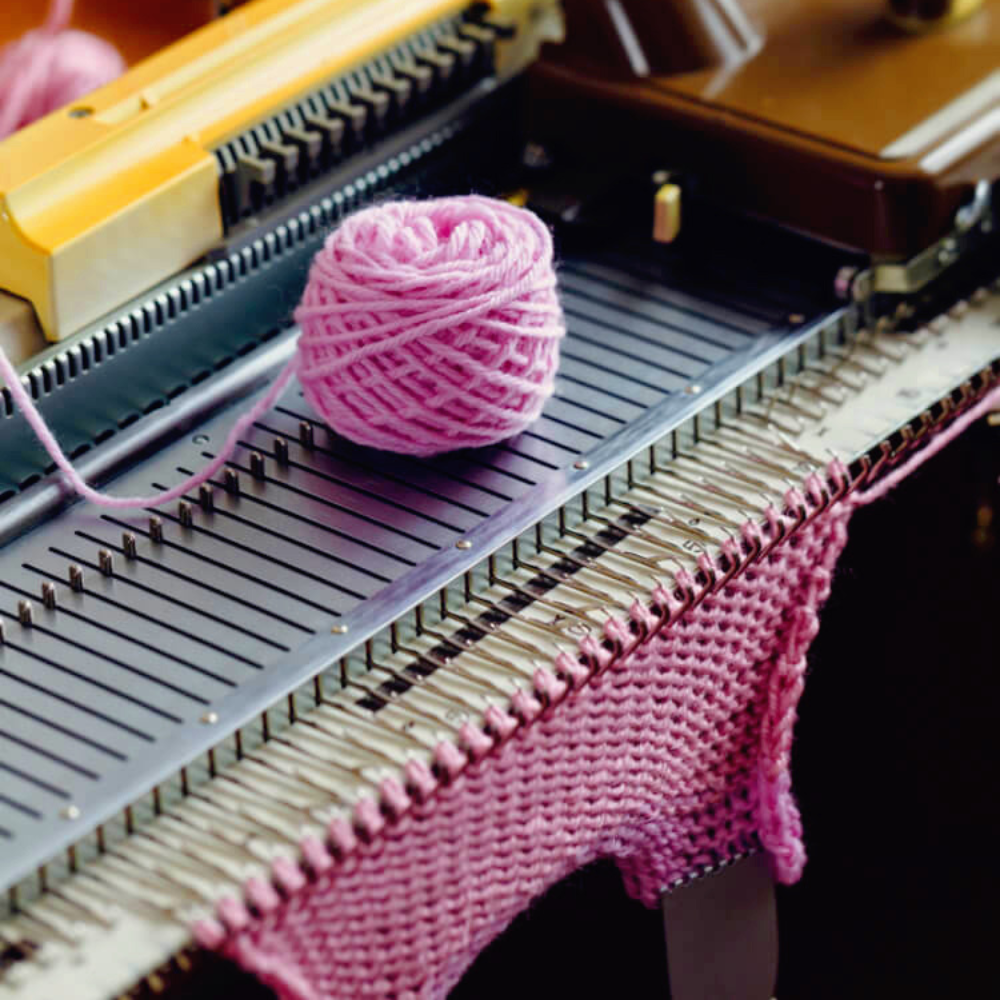
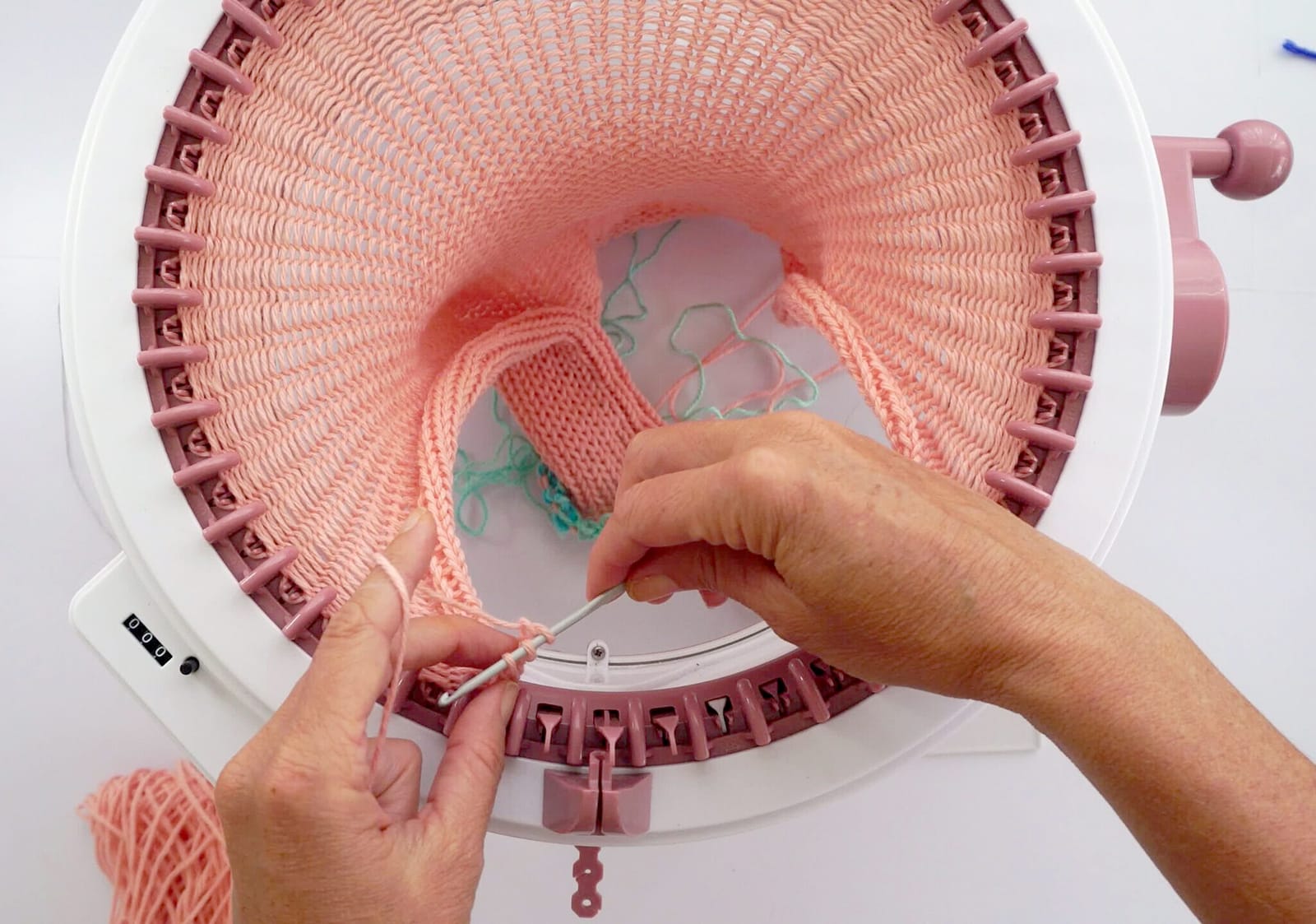
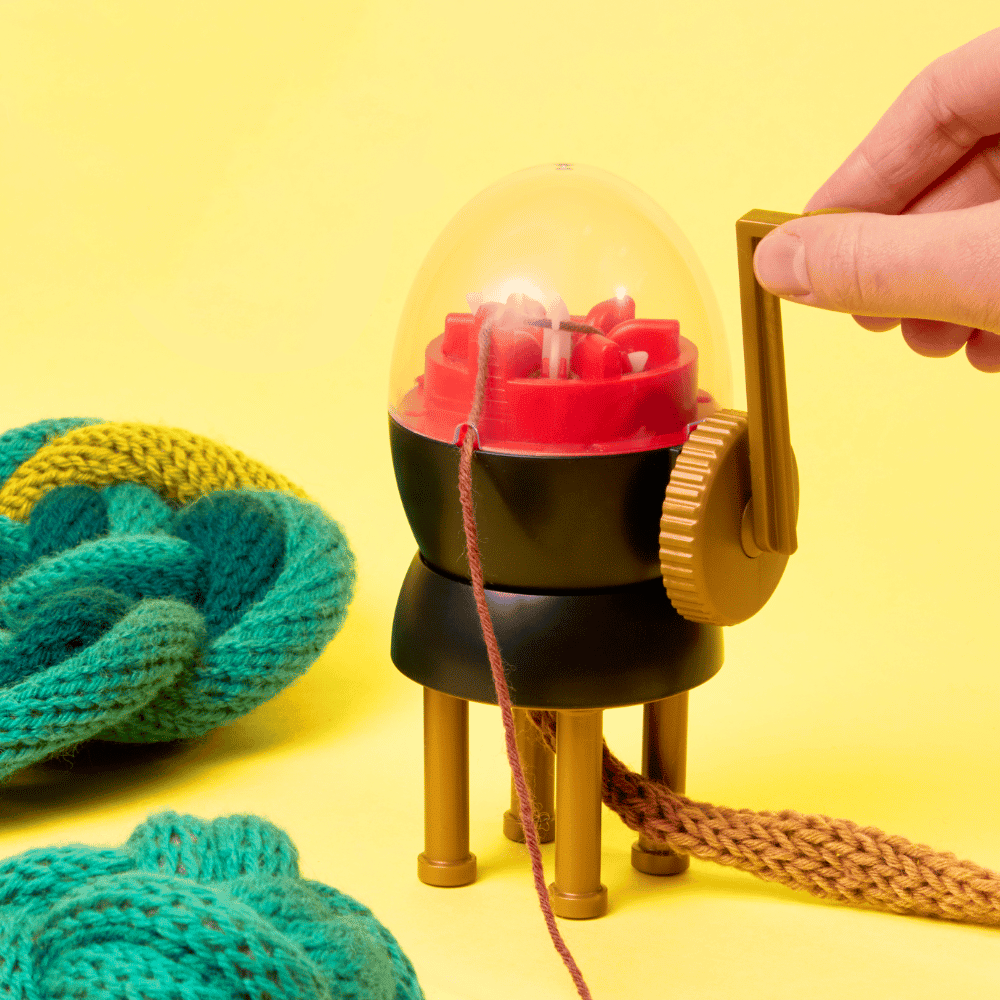
Adapt Hand Knit Patterns for Machine Knitting
Adapting a hand knitting pattern for a knitting machine is not always a straightforward process.
It requires a good understanding of how knitting machines work and the ability to translate hand-knitted stitch patterns into machine-knittable ones.
For example, purl stitches and decorative patterns may need to be approached differently on a machine.
Transferring stitches, a common technique in hand knitting for creating certain textures or shapes, might involve using a transfer tool or manually manipulating the needles on the machine.
Moreover, the gauge of the machine, which refers to the number of stitches and rows per inch, can differ significantly from hand knitting.
This means that the row gauge and stitch gauge must be recalculated to ensure the finished dimensions match the intended design.
Machine knitters often use a swatch to determine the correct settings on their machine to match the gauge specified in the hand knitting pattern.
It may take some trial and error, but with practice and patience, it is possible to convert a hand knitting pattern into a machine knitting pattern.
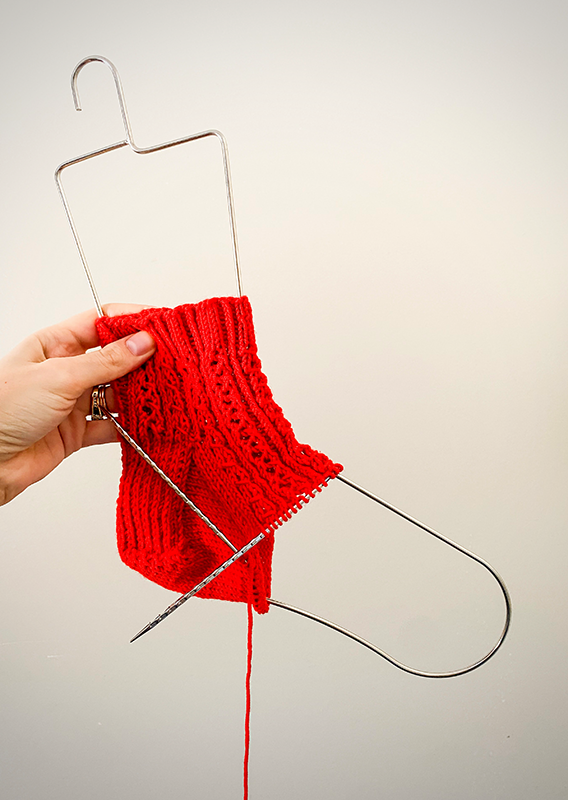
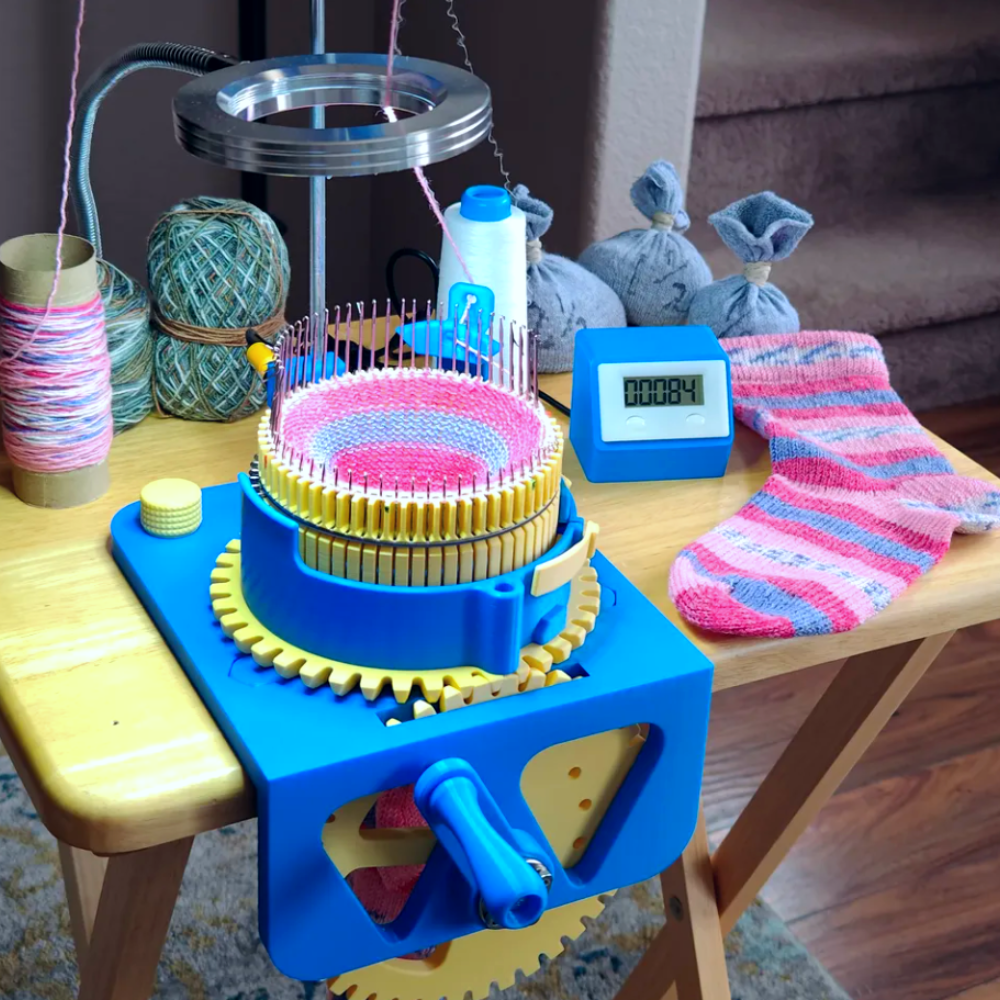

Exploring Vintage Patterns on Modern Knitting Machines
Vintage patterns hold a special charm and often come with a sense of nostalgia and timeless style.
However, the question arises: can these intricate designs be replicated on contemporary knitting machines?
The answer is a resounding yes, with a few considerations.
Modern machines, such as Addi machines and Sentro knitting machines, are often equipped with advanced features that can handle complex patterns.
By using a combination of transfer stitches and careful manipulation of one needle at a time, machine knitters can recreate the decorative patterns of yesteryear.
It sounds simple, but the process requires a deep understanding of both the vintage pattern and the machine's capabilities.
To successfully knit a vintage pattern on a machine, one must often deconstruct the hand knit instructions and translate them into a language that the machine can interpret.
This might involve converting flat knitting instructions to be worked on one bed, or figuring out how to use the machine's row counter to keep track of complex shaping.
Video tutorials can be particularly helpful here, offering a visual guide to tackle these challenges.
Additionally, joining a Facebook group or online community dedicated to machine knitting can provide invaluable support and advice from fellow enthusiasts who have experience with vintage patterns.
Combining Machine Knitting with Hand Finishing Techniques
While knitting machines excel at producing fabric quickly and efficiently, there are times when a hand-crafted touch is necessary to achieve the desired finish.
For instance, when working with a main color and wanting to add a decorative pattern in a contrasting shade, the machine knitter might knit the bulk of the piece on the machine and then add the intricate details by hand.
This hybrid approach allows for the speed of machine knitting while still incorporating the unique qualities of hand knit work.
Moreover, for those who suffer from wrist pain or other ergonomic issues, combining machine knitting with hand finishing can be a lifesaver.
The machine takes care of the repetitive, labor-intensive work, while the hand finishing allows for detailed customization without overstraining the wrists.
Techniques such as crochet edgings, sewing seams, or weaving in ends can all be done by hand after the main knitting is completed on the machine.
This method not only reduces physical strain but also adds a personal touch to each knitted piece, whether it's a simple scarf or a complex sweater.
And for those who love to watch their creations come to life stitch by stitch, the hand finishing process can be a rewarding and therapeutic experience.
Customizing Knitting Machine Patterns
Knitting machine patterns offer a wealth of possibilities for customization.
By understanding the mechanics of your machine, you can alter existing designs to fit your creative vision.
Whether you're adjusting the length of a garment or incorporating unique colorwork, the precision of a knitting machine can bring your ideas to life with remarkable efficiency.
Experimenting with pattern modifications not only enhances your skill set but also leads to truly one-of-a-kind creations.
When customizing knitting machine patterns, it's essential to consider the limitations of your device.
For instance, the gauge and the bed size of the machine may restrict the maximum width or length of your project.
However, with a bit of ingenuity, such as creating panels or utilizing a hand crank for finer control, you can overcome these constraints.
Remember, the key to successful customization lies in meticulous planning and gradual testing to ensure that the final product meets your expectations.
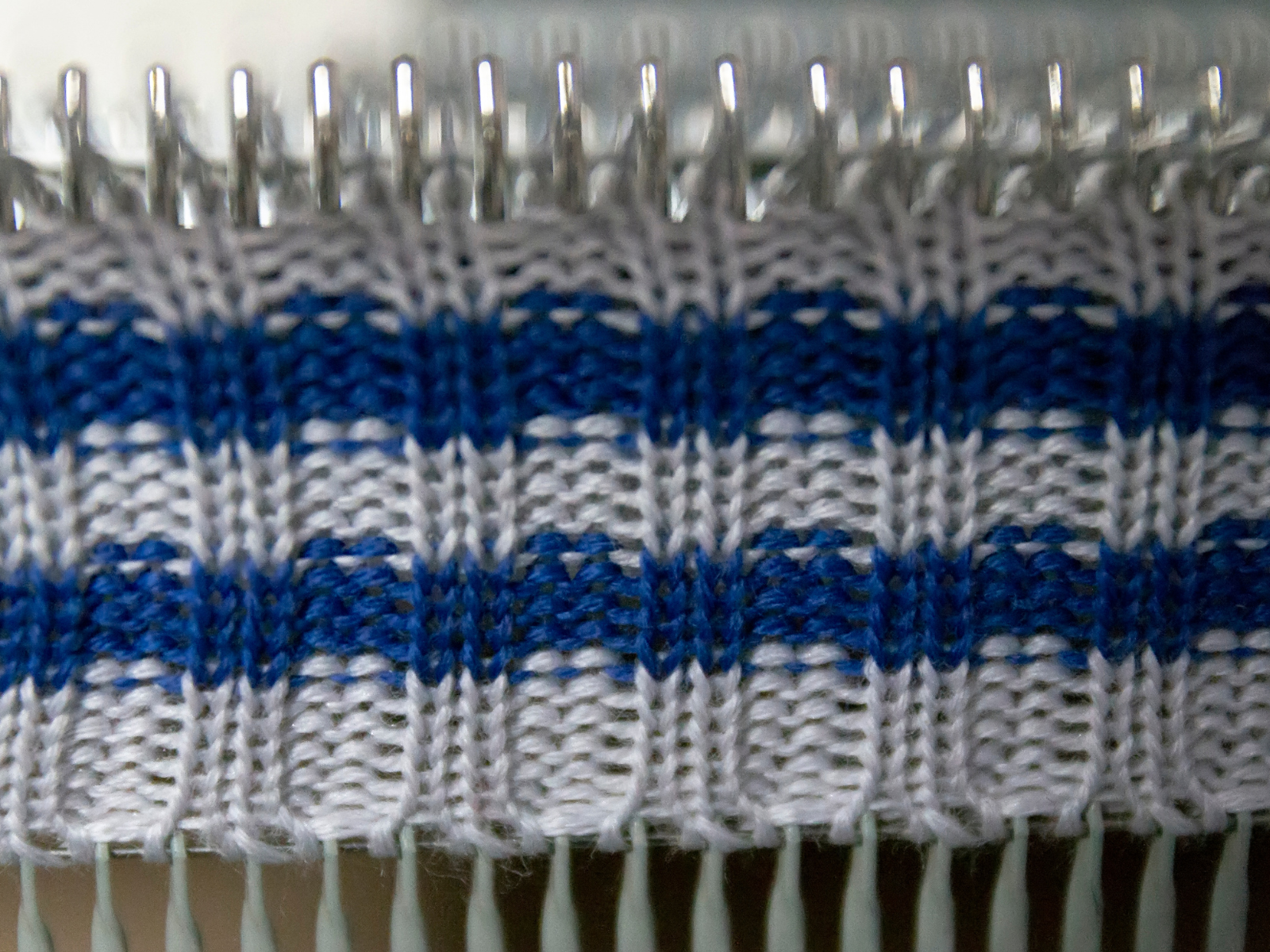


Machine Accessories and Manual Techniques
To expand the range of patterns that can be knitted on a machine, various accessories and manual techniques can be employed.
For instance, lace carriages or intarsia carriages can be added to machines to facilitate the knitting of lace patterns or colorwork without floats, respectively.
Additionally, techniques such as hand-manipulated stitches, such as transferring stitches or manually creating cables, can be used to achieve patterns that the machine cannot produce automatically.
Machine knitters often find creative ways to mimic hand-knitted textures and patterns by combining machine settings with manual interventions.
For example, to create a garter stitch on a machine that only knits stockinette, the knitter may manually knit every other row or use a garter bar to turn the work.
This kind of ingenuity is what makes machine knitting both a challenging and rewarding craft.
The Importance of Yarn Selection
The type of yarn used can greatly affect the outcome of a knitted piece on a machine.
Not all yarns are suitable for machine knitting; some may be too thick, too slippery, or have properties that cause them to snag or break.
Types of yarn material, such as cotton or wool, as well as the yarn weight, also play a significant role in determining the final fabric and drape of the knitted piece.
It's important to choose a yarn that is compatible with the machine's specifications and the desired stitch pattern.
Machine knitters should also be aware of the tension settings on their machine, as this can impact the quality and appearance of the finished fabric.
When selecting yarn for machine knitting, it's also important to consider the end use of the knitted item.
For example, garments may require a softer, more drapable yarn, while decorative items may benefit from a sturdier, more durable yarn.
Understanding the characteristics of different yarns and how they interact with the knitting machine will help ensure successful projects.
The Art of Skein Management in Machine Knitting
Effective skein management is crucial when working with knitting machines.
Unlike hand knitting, where you can easily manipulate the yarn, machine knitting requires a more systematic approach to handle skeins.
Ensuring that the yarn feeds smoothly into the machine without tangling or creating tension issues is paramount.
This often involves using yarn winders to create uniform skeins that facilitate an even flow, preventing snags and ensuring consistent stitch quality throughout your work.
Moreover, the way you sew together your knitted pieces can dramatically affect the final appearance and durability of your project.
For those who prefer a seamless look, mastering the art of mattress stitch or invisible seaming on the machine can be a game-changer.
Alternatively, for added texture or decorative elements, hand-sewing techniques can be employed post-machine knitting to attach pieces or add embellishments.
This blend of machine efficiency and handcrafted detail allows for a broad range of creative expression in your knitting projects.
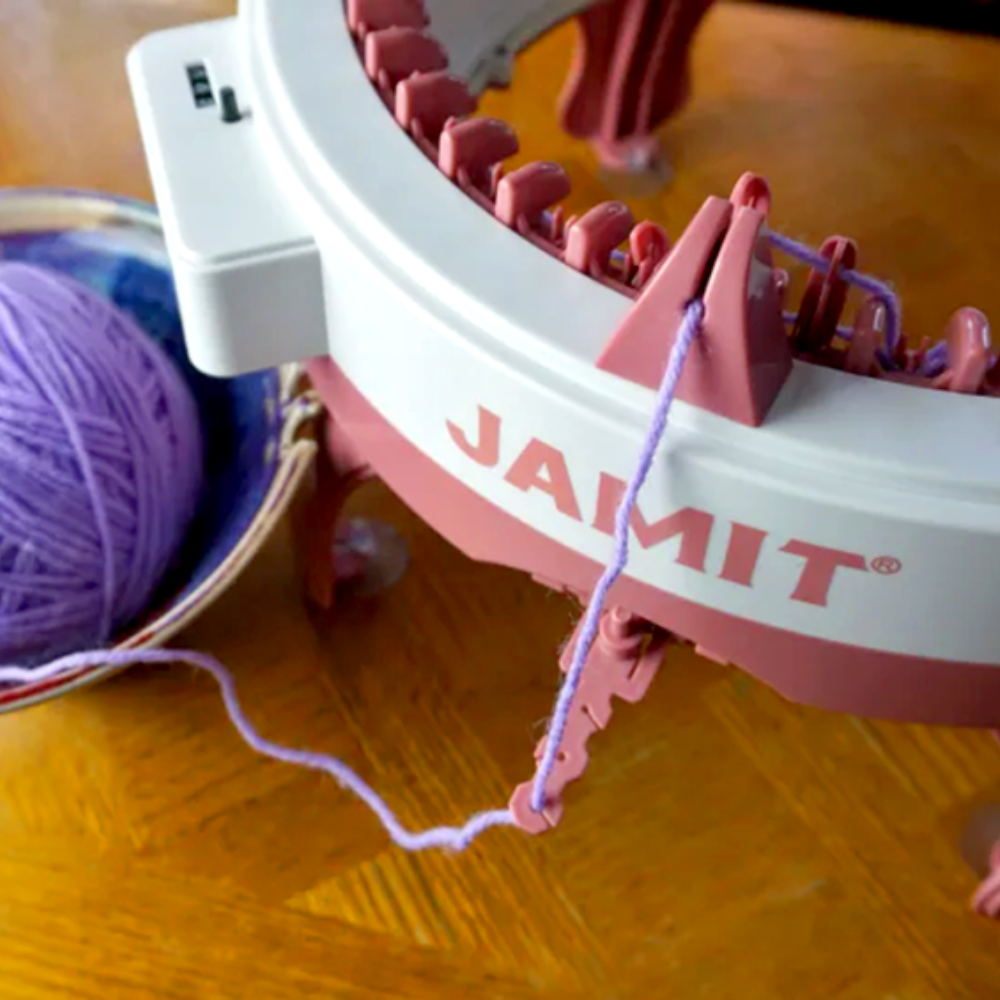
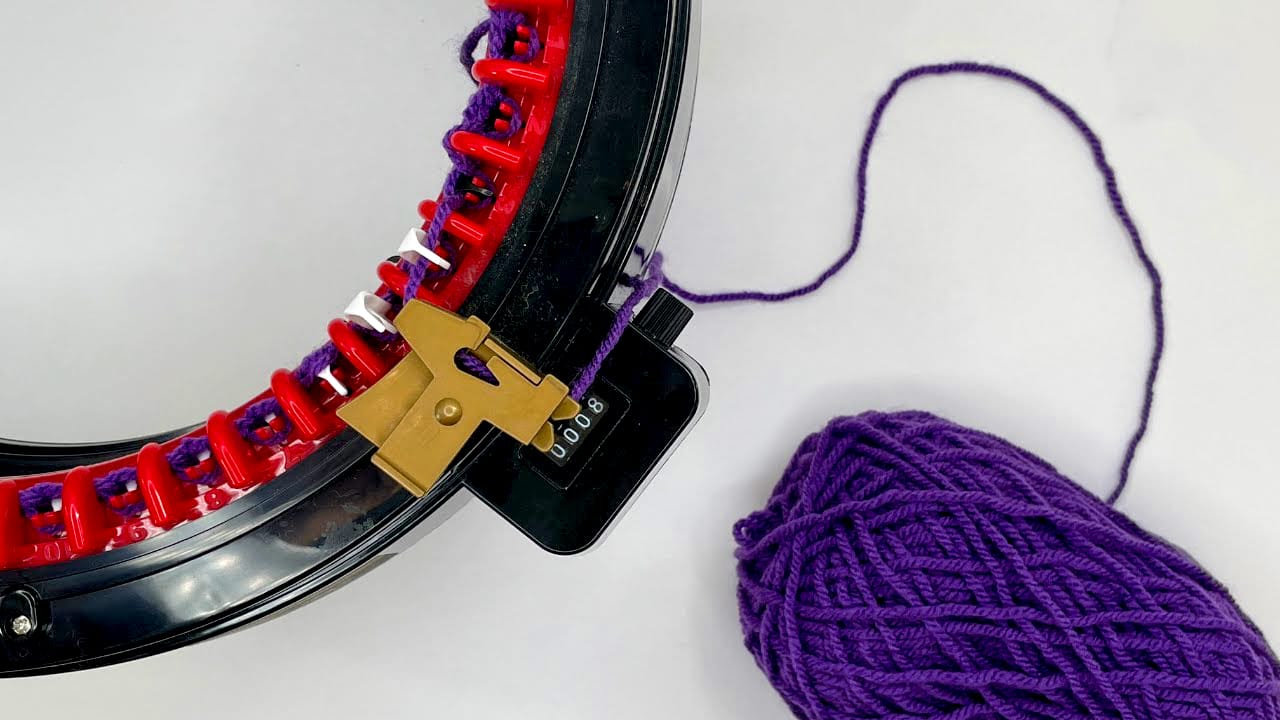
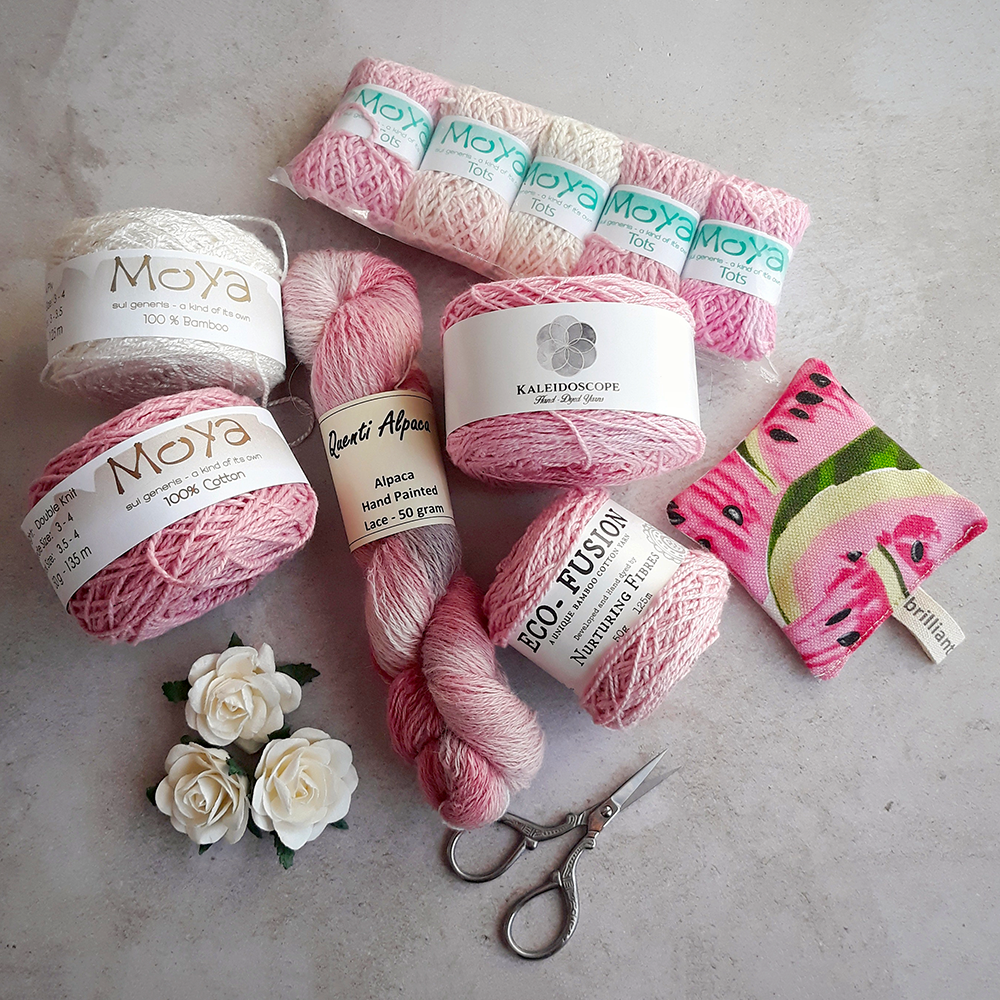
Understanding Machine Knitting Limitations
While the capabilities of knitting machines are vast, there are limitations to what these powerful tools can do.
Certain stitch patterns, particularly those that involve a lot of hand manipulation like the mattress stitch, may be challenging or impossible to replicate on a machine.
Additionally, the weight of the yarn can be a limiting factor; for instance, worsted weight yarn may not be suitable for all machines, especially if they are designed for lighter weight yarns.
Dropped stitches, which are common in hand knitting, can also be challenging to fix on a machine.
Another consideration is the type of machine being used.
A single bed machine will have different capabilities compared to a double bed machine or a circular machine.
For example, a circular knitting machine is ideal for creating seamless tubes of fabric, such as socks or hats, but may not be suitable for flat pieces like sweaters or blankets without additional steps to create open edges.
It's important to research and understand the capabilities and limitations of your specific machine before attempting more complex projects.
Resources and Community Support
The machine knitting community is a valuable resource for those looking to expand their pattern repertoire.
Many publications, videos, and online forums are available to help machine knitters learn new techniques and troubleshoot issues.
For example, YouTube channels and Facebook groups dedicated to machine knitting offer a wealth of information, from basic instructions to advanced knitting tips and tricks.
Experienced machine knitters often share their knowledge through tutorials and pattern adjustments, making it easier for others to adapt hand knitting patterns to their machines.
Engaging with the community can also provide inspiration and support, as fellow knitters share their successes and challenges, offering advice and encouragement along the way.
Joining a local machine knitting group or attending conferences and workshops can also provide valuable hands-on learning experiences and opportunities to connect with other enthusiasts.
In conclusion, adapting hand knitting patterns for a machine requires knowledge, patience, and experimentation.
It may seem daunting at first, but as you become more familiar with your machine's capabilities and techniques, you'll be able to bring a whole new level of creativity to your knitting projects.
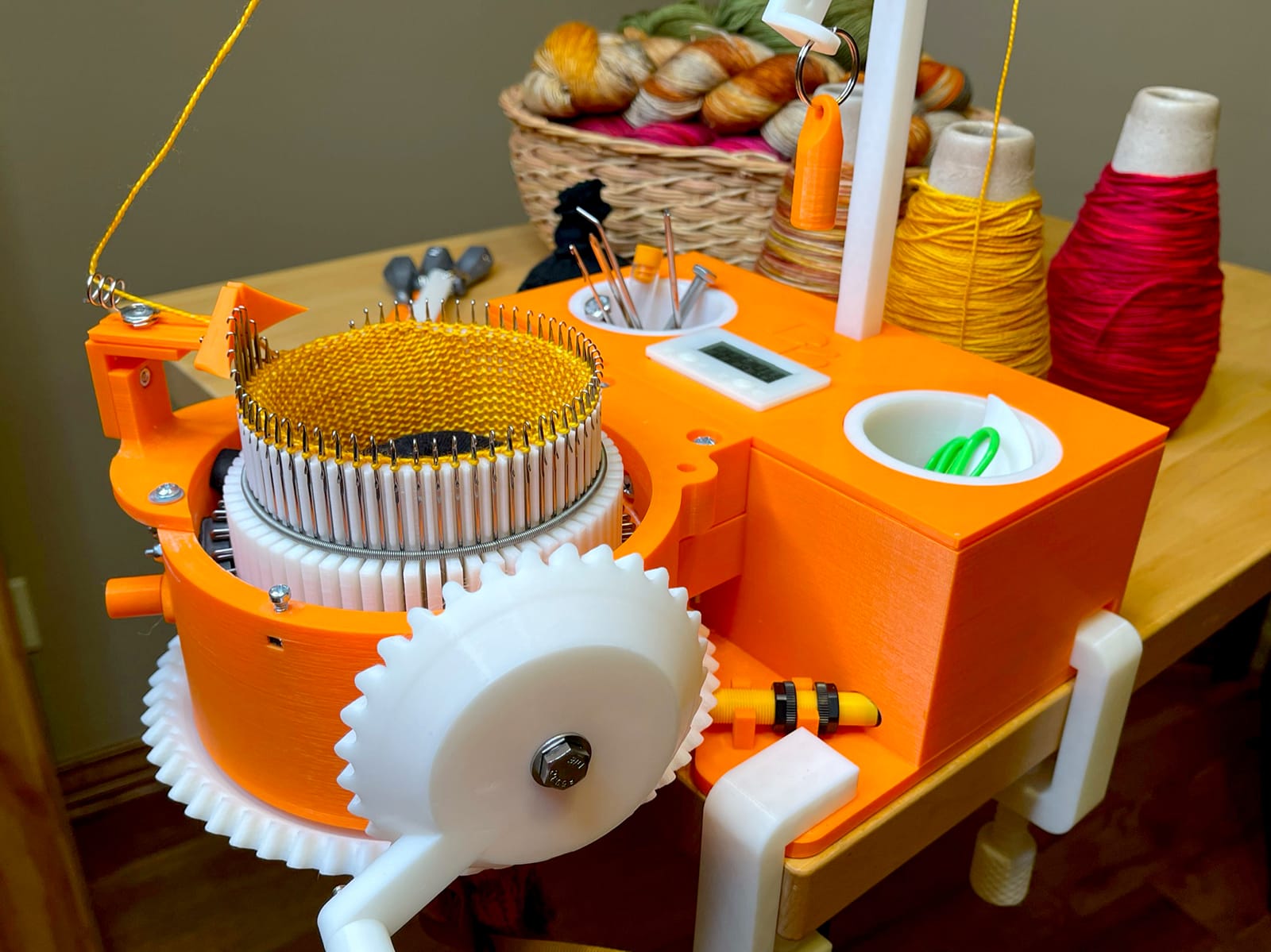


The Versatility of Machine Knitting
Machine knitting offers endless possibilities for creating unique and intricate designs that rival hand-knitted pieces.
Knitting machines are versatile tools that can produce a wide range of stitch patterns and fabric types.
However, they do have limitations, and not every hand knitting pattern can be directly translated to machine knitting.
Adapting patterns requires an understanding of machine capabilities, yarn selection, and sometimes manual manipulation of stitches.
The proper knitting machine can help you knit any pattern you desire with the right amount of skill, patience, and knowledge.
Knitting machines augment the knitting experience by providing a platform that can help improve productivity, unlocking new design options and expanding on your passion for knitting.
Whether you are a beginner or an expert, the right knitting machine that fits your needs will enable you to achieve knitting proficiency.
With the right knowledge, accessories, and community support, machine knitters can expand their pattern possibilities and create beautiful, intricate designs.
So, Yes! You can knit any pattern on a knitting machine, with the right attitude and skill.
Don't be afraid to experiment; you may not get it right the first time, but with continued practice and learning from others, you will soon be able to knit your favorite patterns on a machine with ease.
If you're ready to take your knitting skills to the next level, why not give machine knitting a try?
You may be surprised by how much you enjoy it and the amazing creations you can make!
Go ahead, grab your yarn and knitting machine, and let your creativity run wild!
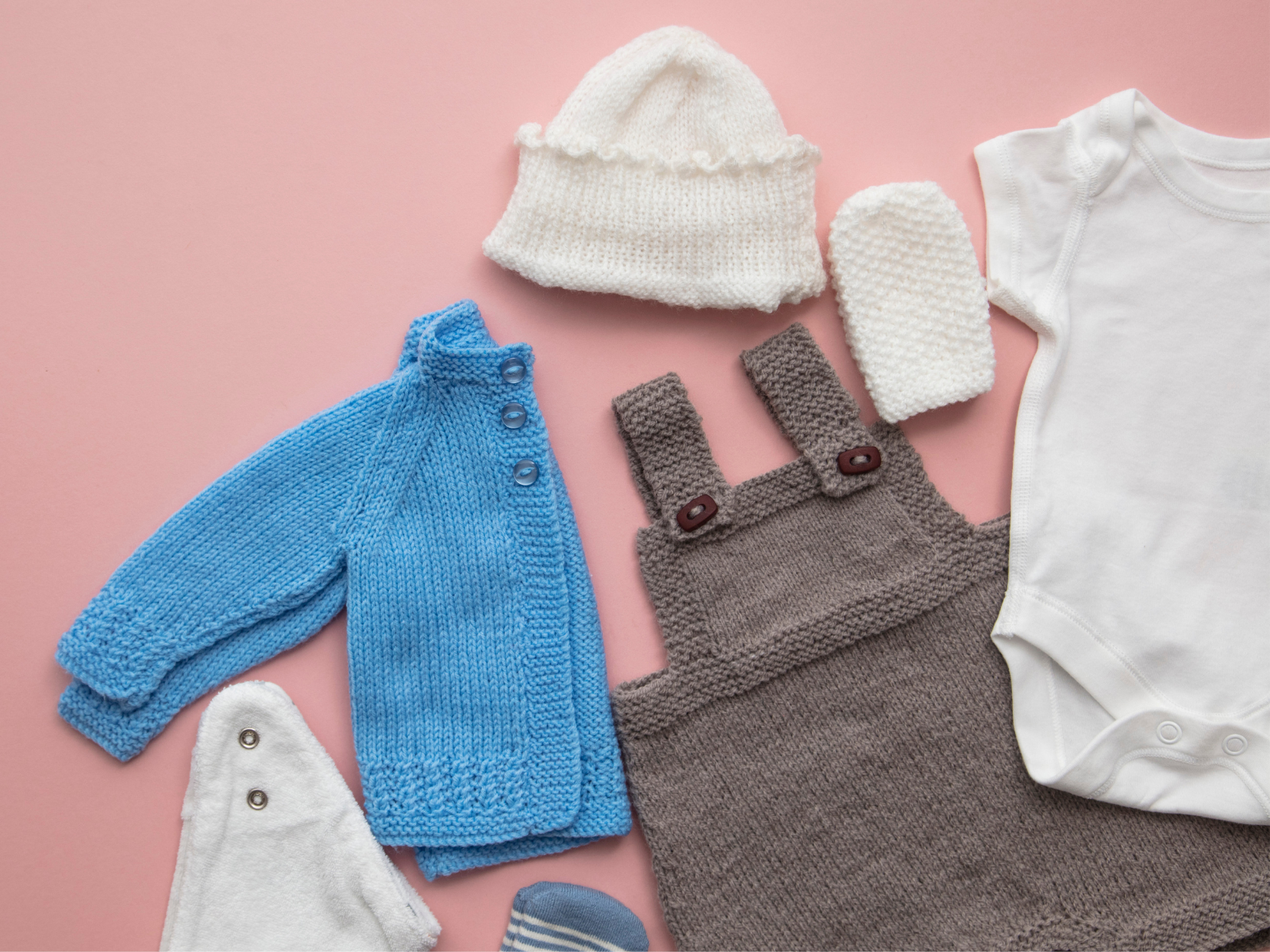
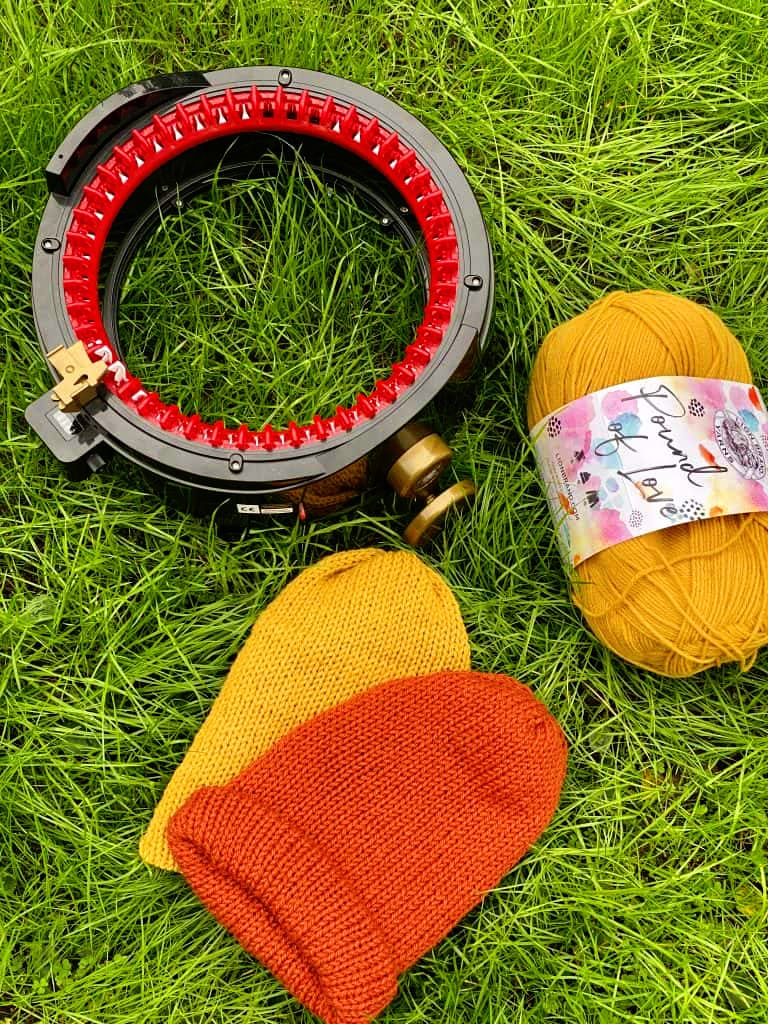
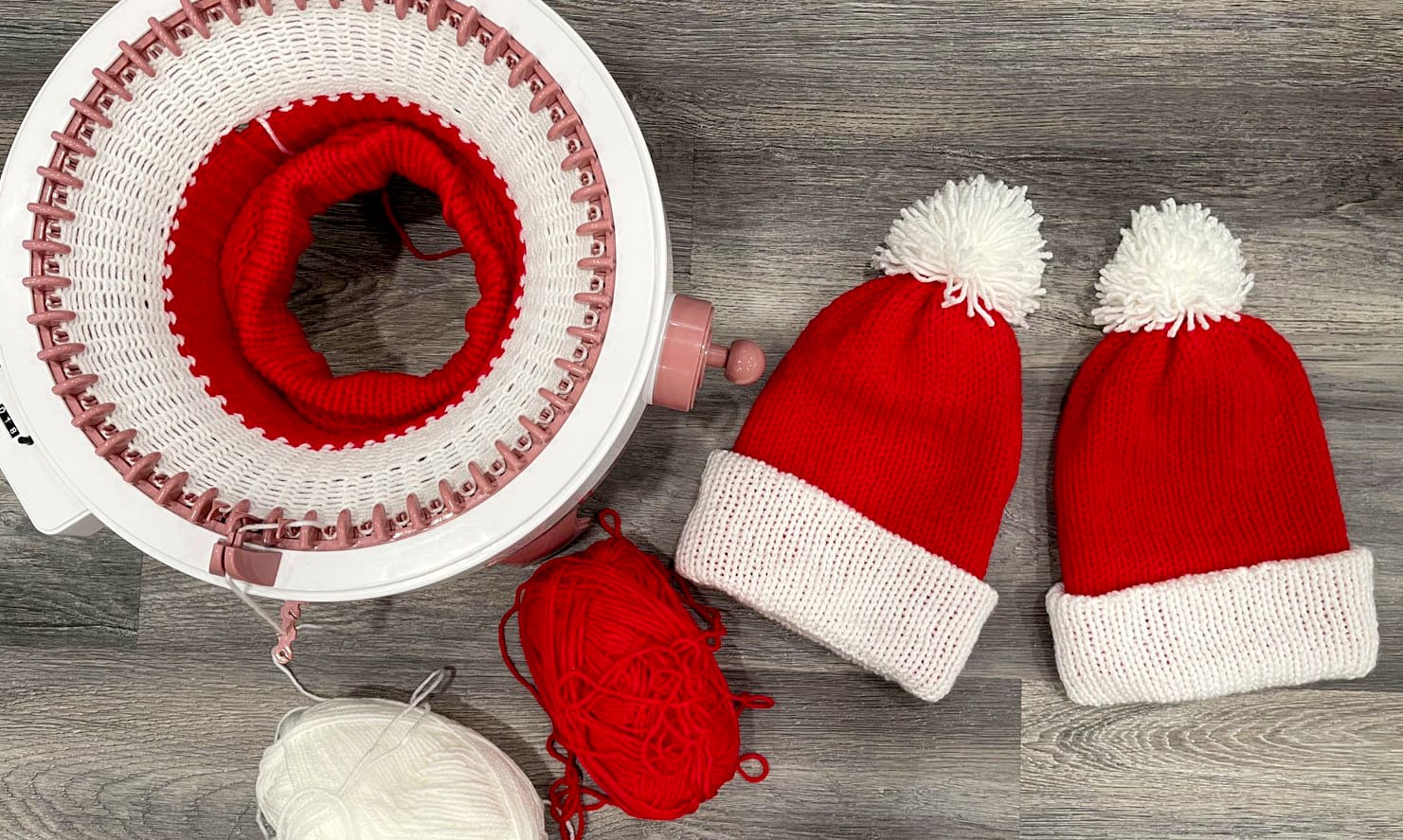
Ready to get started on some knitting projects? Check out Emily Smith's video!
Want even more content about creativity and art?
Be sure to check out all of our creative chronicles!
Eager to learn more about knitting and knitting machines?
Check out some of our other articles:
-Interchangeable knitting needles
-Can you double knit on a knitting machine?
-Can you knit socks on a knitting machine?
-Can you crochet with a knitting machine?
-Can you make money with a knitting machine?

